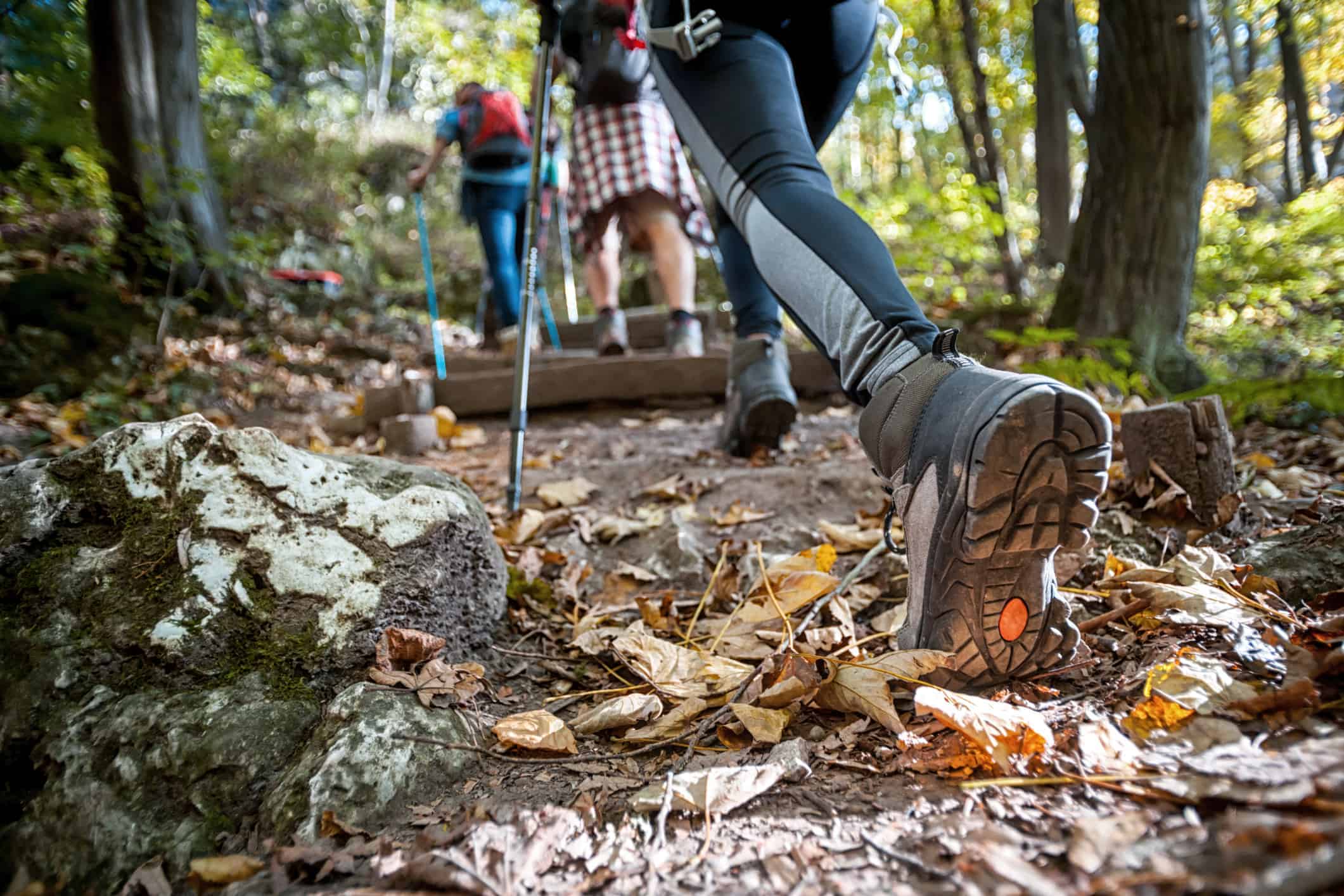Customer Loyalty Programs & Outdoor Industry

After many, many months indoors, people are seeking a bit of solace and escape from being confined inside. This has inspired many people — even those who weren’t particularly inclined toward outdoor activities before the pandemic — to explore the outdoors. With this shift, the outdoor industry has seen a massive spike in new customers over the past year and half. As outdoor brands develop and adjust their strategies to correspond with the growth in new customers, many of them are embracing loyalty programs in an effort to retain as many of their new customers as possible.
To prevent a steep dropoff in new customers after the pandemic spike wanes, it’s essential for outdoor brands to focus on customer loyalty programs and keeping their customers satisfied. According to The 2021 Outdoor Participation Trends Report, commissioned by the Outdoor Foundation, “53 percent of Americans ages 6 and up participated in outdoor recreation at least once in 2020. Which was the highest participation rate on record. Remarkably, 7.1 million more Americans participated in outdoor recreation in 2020 than in the year prior.” With outdoor recreation and travel growing more accessible for consumers, the trend of outdoor recreational activities is expected to grow significantly.
Outdoor Companies With Customer Loyalty Programs That Work
Loyalty programs can bring companies closer to their communities and their customers on deeper, more personal levels. This is the best way to express gratitude to customers. Even using loyalty programs to encourage positive impact in other areas like social justice, sustainability, charities, or community support is a great way to give back to their customer base. Companies that extend proceeds or donations through their loyalty programs showcase their concern for their customers on a human level. Building relationships with customers beyond the transactional relationship many other companies rely on is key. Here are a few great examples of customer loyalty programs that are working in the outdoor industry:
REI Co-Op Membership
The REI Co-Op Membership perks are great for outdoor-loving, sustainability-minded consumers who are open to using a wide variety of brands. To join the co-op, customers only pay a one-time fee of $20 for some pretty great perks: a 10% annual dividend based on your purchases, a used gear trade-in program where members can trade in gently used gear for REI gift cards (and feel-good points for sustainability!), member-only forums full of outdoor tips and information, and even discounted bike and ski services.
The North Face Xplr Pass
The North Face’s customer loyalty program is free to sign up for, and when you do, you gain perks and accessibility similar to REI, such as a trade-in program. However, Xplr Pass members can earn points with each purchase, online or in store, eventually earning rewards to use on future purchases. Members also get access to exclusive gear and gear-testing, as well as a members-only customer service line. The North Face even offers birthday shoutouts and gifts with certain purchases.
Other Examples
Companies like Cotopaxi, REI, North Face, and even travel accommodation companies like Airbnb have jumped on the opportunity to offer their customers travel tips, experiences, and adventures through planned programs to different locations all over the world. Though these adventures are not exclusively offered to loyalty members, these adventures offer consumers a chance to engage with brands in a much more personalized way.
Key Takeaways
Lifestyles are continually shifting for consumers, especially since the pandemic began. After what felt like endless time inside, consumers are ready to try new things — to get outdoors and appreciate the things we all may have taken for granted pre-pandemic. As consumers grow more comfortable going outside to enjoy recreational activities and travel adventures, it’s imperative that outdoor companies recognize these trends and adjust their marketing techniques. If companies aim marketing efforts and customer loyalty offers toward these consumer trend shifts, their success will continue to expand for the coming months and years to follow.





